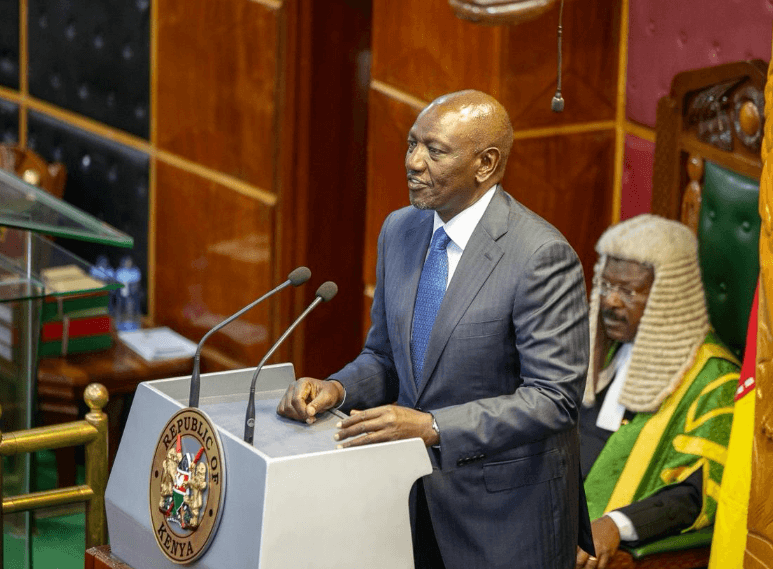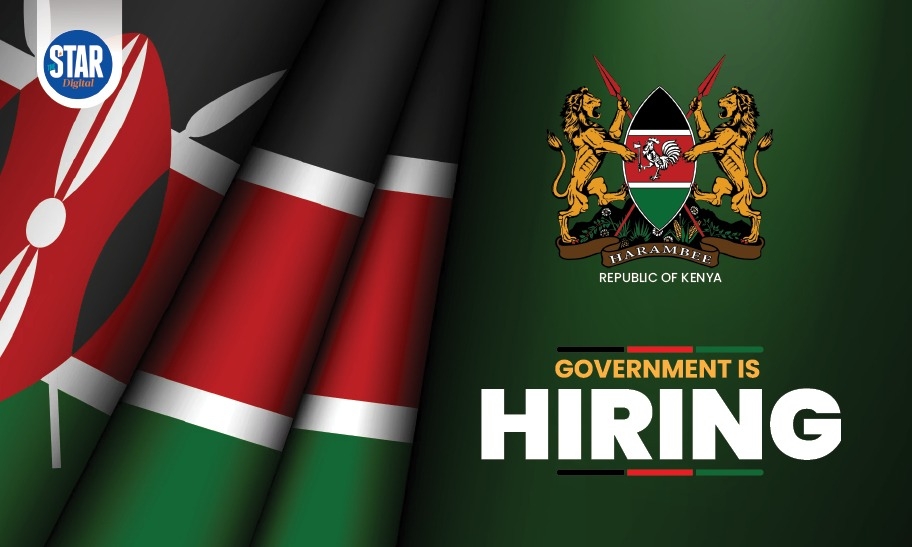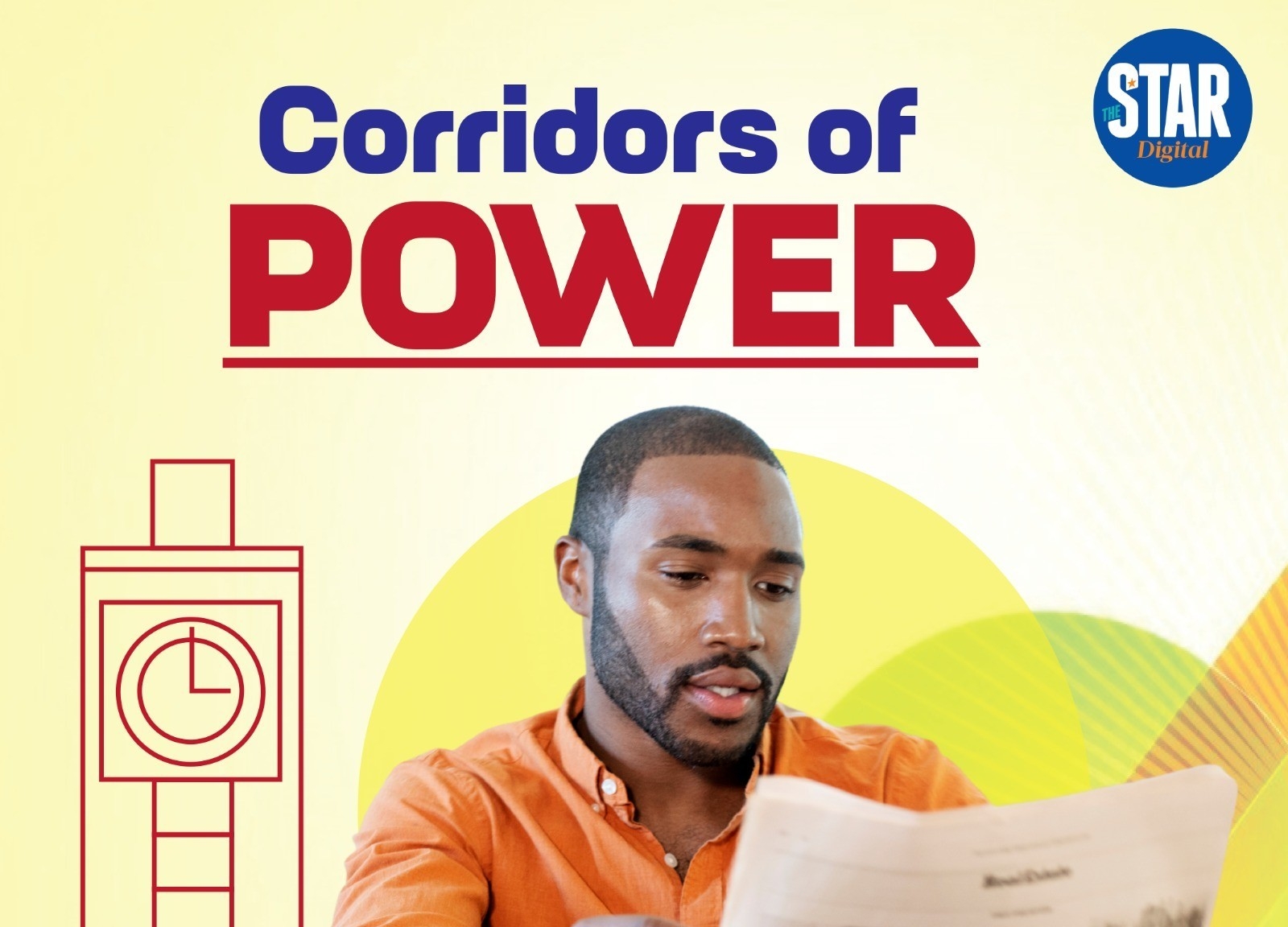The rate of caesarian-section operations is slowly being phased out.
As a measure on its own, it does not give the actual picture of healthcare. It is a good-to-know measure but it needs to be put in context.
Let me explain.
A caesarean section rate will be high in a referral hospital as all mothers who may need referrals are referred there.
A cesarean section rate will be higher in an area where the mothers have had previous operations in their previous pregnancies.
There are cultures where caesarean section was considered a taboo, a sign of weakness, so vaginal delivery was pushed to the limit no matter the outcome. This is changing.
A cesarean section rate needs to be interpreted when compared with outcomes such as birth asphyxia (suffocation) rates or fistula rates.
So, for instance, if an area has a low CS rate but at the same time, the rate of obstetric fistula is high, then a low CS rate is not necessarily a positive thing.
CS rate thus is not to be regulated. Antenatal care and monitoring of labour and delivery is important to ensure safe delivery of mothers, avoiding maternal morbidity and mortality and ensuring that a healthy baby is born and that no mother who requires a caesarean section is denied one.
However, it is important to ensure that where possible, and without compromising care, the first CS is avoided because generally, after the first CS, the likelihood of a second CS is very high.
Mothers are thus advised to attend antenatal care and the government is advised to invest in the infrastructure and, more importantly, well trained and motivated human resources to ensure safe delivery of mother and baby.
Dr Simon Kigondu is a gynaecologist and President of the Kenya Medical Association.












